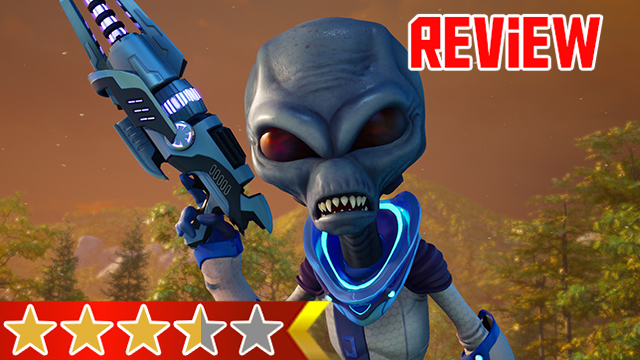DESTROY ALL HUMANS REMAKE REVIEW FOR PS4, XBOX ONE, AND PC. THQ Nordic is set on warmastering, re-Mars-tering, rehydrating, and re-reckoning a whole host of games from annals of yesteryear. But instead of touching up classics like Final Fantasy 7, Resident Evil 2, and Crash Team Racing, the publisher has been revisiting fondly remembered titles with less cultural cache. Destroy All Humans symbolizes that initiative and has thus gotten its own 2020 remake. Its probing gear has gathered some rust in the ensuing 15 years, but the probing process itself isn’t as uncomfortable as that gap implies.
New tools of destruction
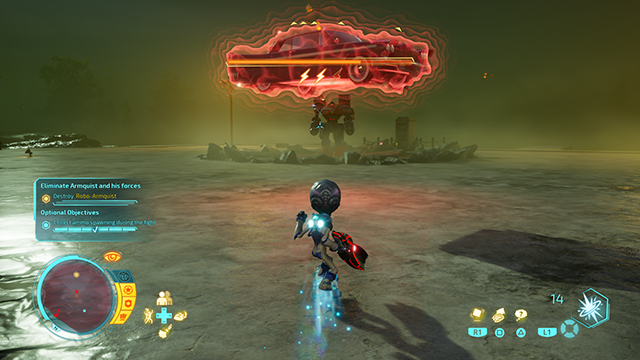
Destroy All Humans is able to weather that decade and a half because of its redesigned control scheme. While the original isn’t one of the clunkier titles from that generation, it would stick out if directly translated with no adjustments. Black Forest Games took some bold steps and found multiple ways to streamline what was there, throw in improvements from the sequel, and add entirely new systems that naturally fit right in.
Crypto’s inherent psychic abilities require fewer button presses and aren’t bound by a meter, which allows for more unrestrained and streamlined chaos as you can do more with fewer restrictions. The jetpack no longer putters like it was made in a high school science fair and can actually glide this time, too, in addition to letting you also throw things with psychokinesis during flight. Turning random items into ammo and being able to dodge on foot and repel missiles in the air weren’t in the original either and give you more offensive and defensive options, respectively.
Going down the list feature by feature would be exhausting as there are so many ways that Black Forest has taken the foundation of Destroy All Humans and meaningfully patched up the holes and made it seem new. From the saucer to Crypto himself, nothing was left untouched and is the better for it. It doesn’t just control like a moderately updated remaster, but a complete overhaul of the original that is faster and more fluid and neatly packs its many powers on the gamepad. The new hoverboots are the most symbolic of this approach as they grant Crypto some incredible agility during traversal and combat and feel like they should have been there in the first place.
Upgrading the upgrades

The greatly expanded upgrade tree also gives the game better pacing since you can usually buy an upgrade or two after every mission. And they’re usually not just simple “do more damage” mods either as most of them are thoughtful improvements that can change how you play or how a particular weapon functions. Upgrade paths can sometimes be a tacked-on way to try and hook players but Destroy All Humans cleverly uses them as a means to facilitate an improved sense of growth and progression over the original.
As is the case with most re-releases, the visuals are the most obvious signal of improvement as they have been completely redone, unlike some of THQ Nordic’s other remasters. Human character models are cartoonishly grotesque at times and it’s not going to stun on its technical merits, but it’s a fair translation of the source material that sticks out because of its saturated art style with a broader, brighter color palette. Cutscenes even have better camerawork and more involved animations (from the neck down, at least) and do their best to liven up a narrative full of characters with such little depth or complexity.
It Came From 2005
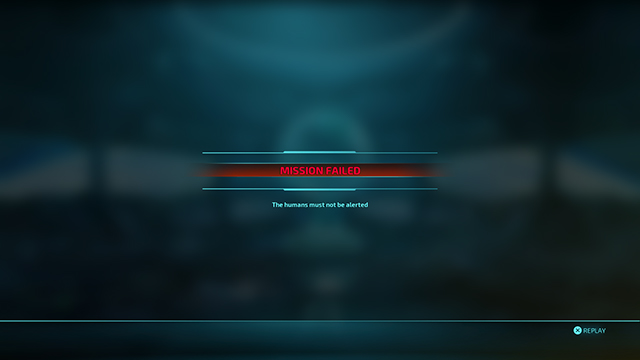
But even though it looks like a somewhat recent game, the mission design is straight out of 2005 and is the ever-present reminder of how old the game truly is. Many of them have strict fail states that do not hesitate to kick your little green gray ass back to the latest checkpoint if one rockabilly even sees as much as the tip of your Disintegrator Ray. Mandatory stealth missions are the worst offenders, but some of them revolve around having to defend or escort something and further poke holes in this limited and dated design.
This is because the design doc is largely the same as Black Forest kept much of the original blueprint intact for this remake. Missions are strict because they were back then. And a lot of them are a little flat now because they haven’t been updated to today’s standards. Crypto has a unique and wide set of powers and gadgets — now more than ever before — and the missions don’t usually give you the freedom to move unobstructed, let alone properly experiment. This vastly improved controls further point out the archaic design as presents a dichotomy of a game where one vital aspect of the game is overhauled and another equally important one is left untouched.
“They’ve come to destroy our way of life (and our ears)!”
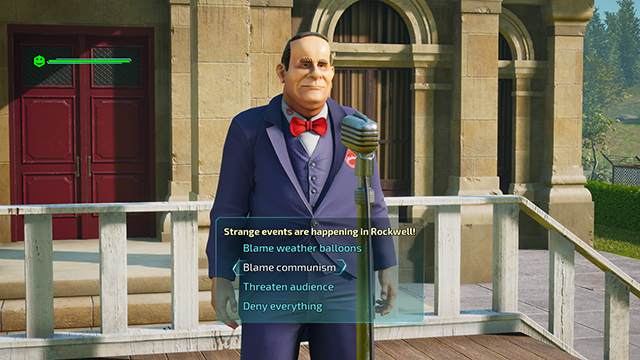
Black Forest also didn’t touch the audio either as almost every bit of it is lifted directly from the original game. While there is a hint of Drunk History-esque joy of seeing the added affectations that occur when performances are repurposed and grafted onto something else, it’s not good enough to warrant revisiting. The actual quality of the voices is shaky at best and is another clear reminder of its age. It just sounds old.
However, repetition is what drives the dagger into the heart of the sound design. Humans repeat the same barks over and over again as if everyone has a severely stunted vocabulary when in the presence of an otherworldly being. Hearing “Do you know what they called me in the war?” or “Little green men!” shouted in the same tone dozens of times is grueling and gets exponentially worse as each line starts layering on top of each other to create one nightmarish cacophony.
Its humorous bits can be one of the sole reprieves from the irritating dialogue. Destroy All Humans’ irreverent tone has a few bright spots that aren’t ingenious masterstrokes of comedy, but are occasionally worth a chuckle or two as it pokes fun at American culture in the 1950s. Fear of communism and aliens are two of its crutches — especially the former — yet it still manages to have some well-written lines here and there despite its narrow focus. The weak, paper-thin story doesn’t do as much with the premise as it could to be a more biting and effective satire, but it does enough to warrant paying attention to both its dialogue and newspaper splash screens.
Destroy All Humans Remake Review | The final verdict
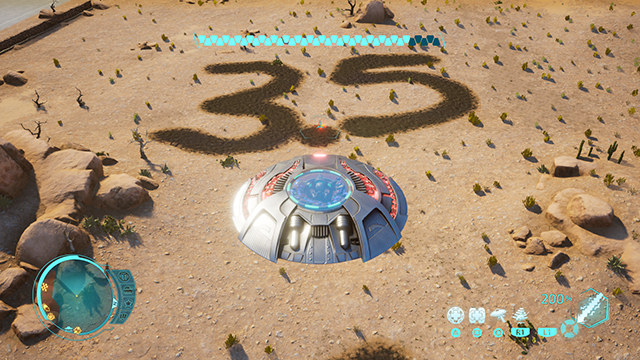
The Destroy All Humans remake’s skeleton is geriatric in some respects. Repetitive audio, antiquated objective types, strict fail states, and repetitive audio are dead giveaways that this game is firmly planted in 2005 in detrimental ways that this remake did not address. But the overhauled control scheme and thoughtful new mechanics add a layer of muscle on top of that skeleton and keeps old age from breaking those bones down into dust. The dated DNA is still there in some respects, but the genetic engineers at Black Forest have done some intelligent gene editing to ensure that it is still a subject worth harvesting, which is what any true Furon would want anyway.
GameRevolution reviewed Destroy All Humans on PS4. Code provided by the publisher.
-
Dramatically improved controls and upgrade trees properly modernize the gameplay, especially the new skating mechanic.
-
Goofy sense of humor has mostly aged well.
-
Human characters aside, visuals are dramatically improved and have a more varied palette.
-
Occasionally draconian fail states.
-
Dated mission design.
-
Extremely repetitive voice barks and mediocre audio quality.
